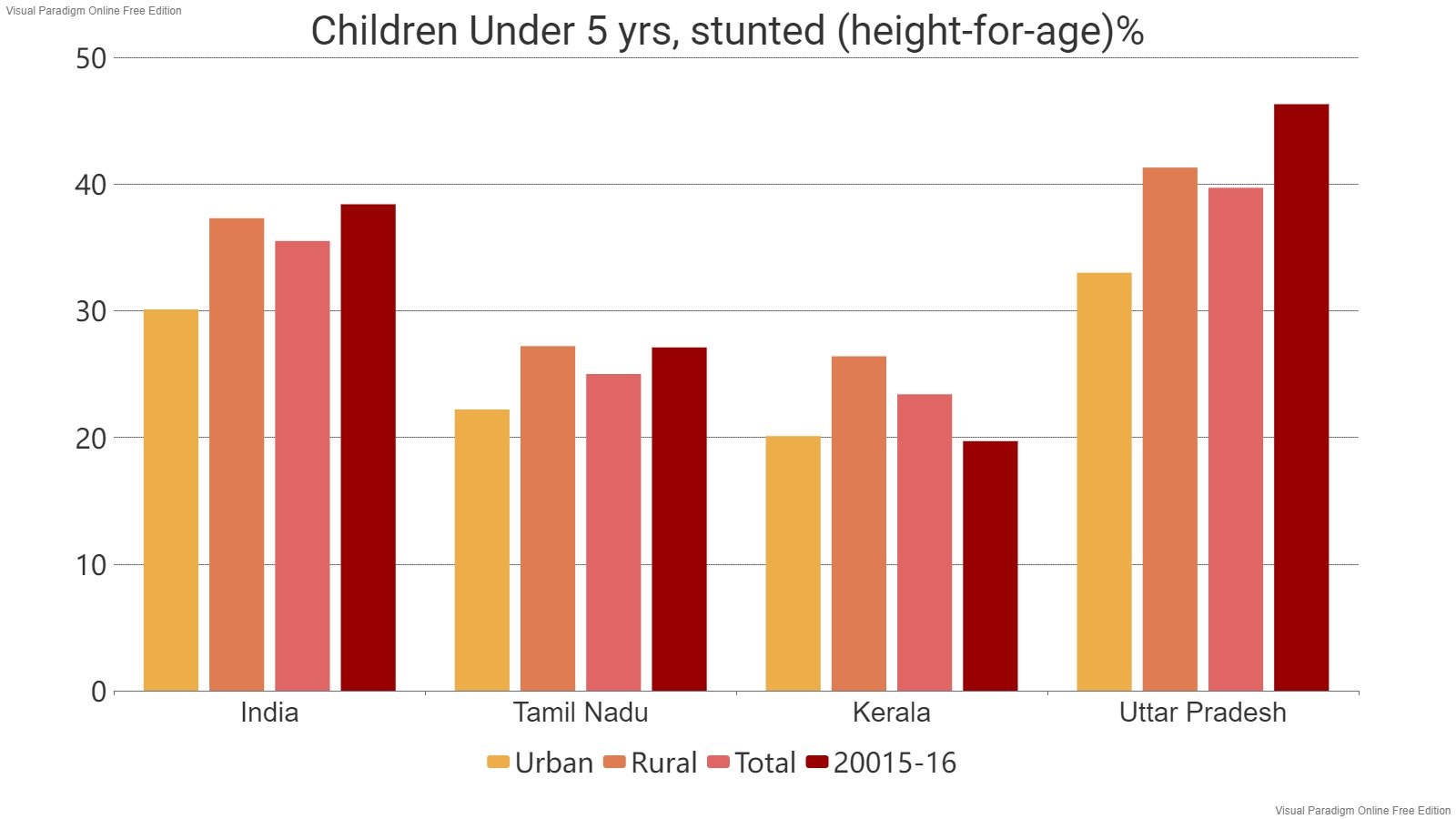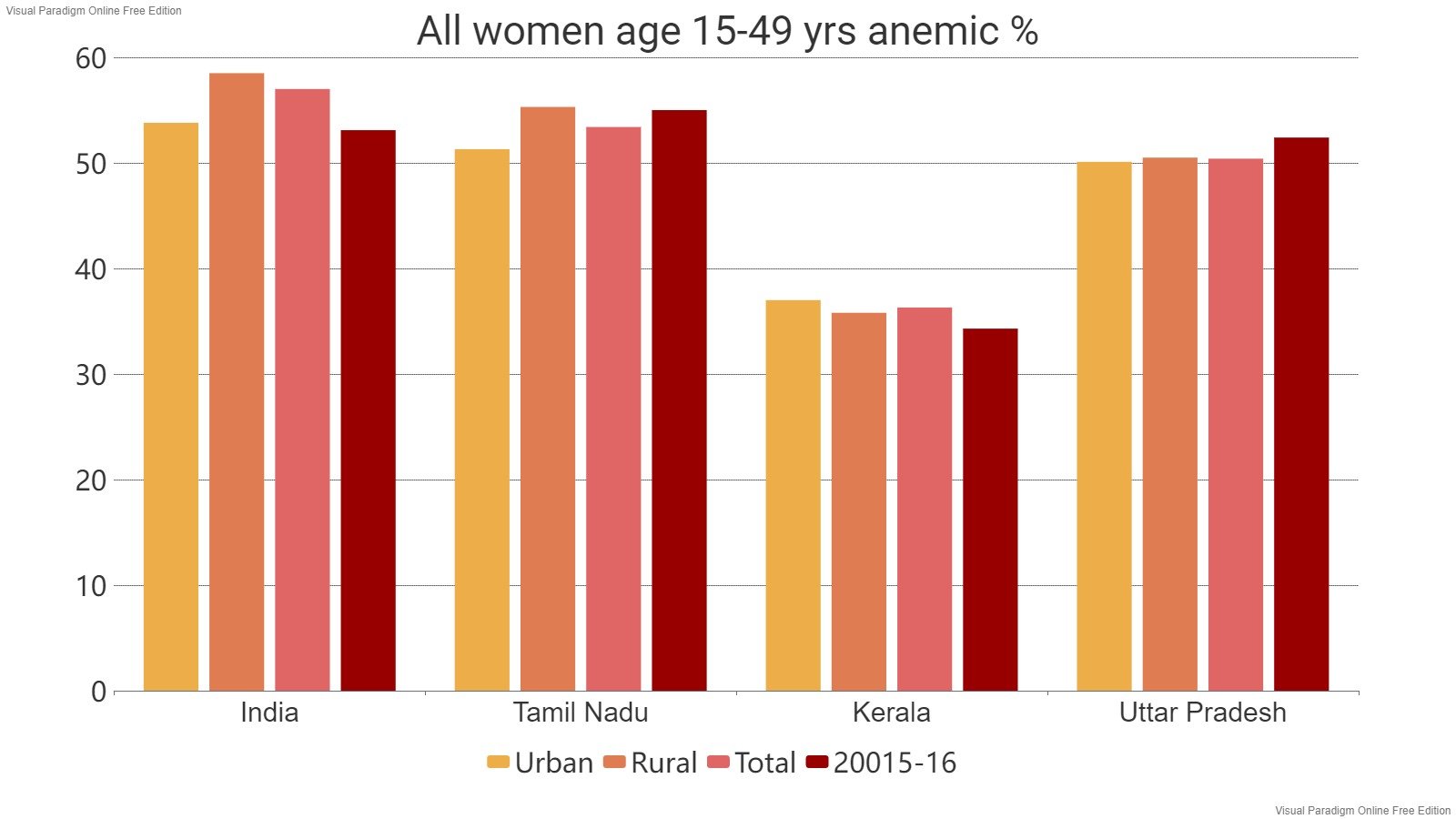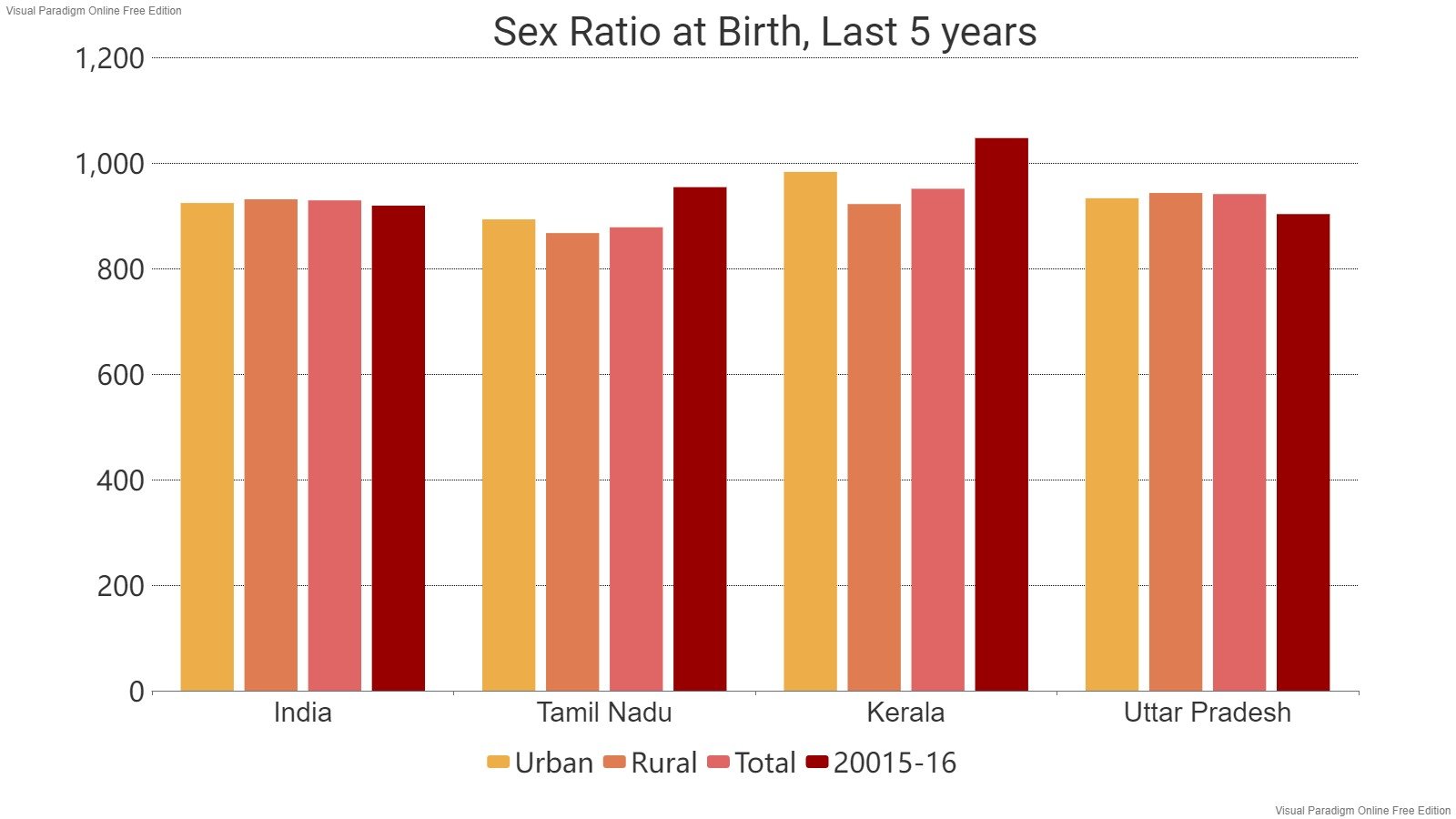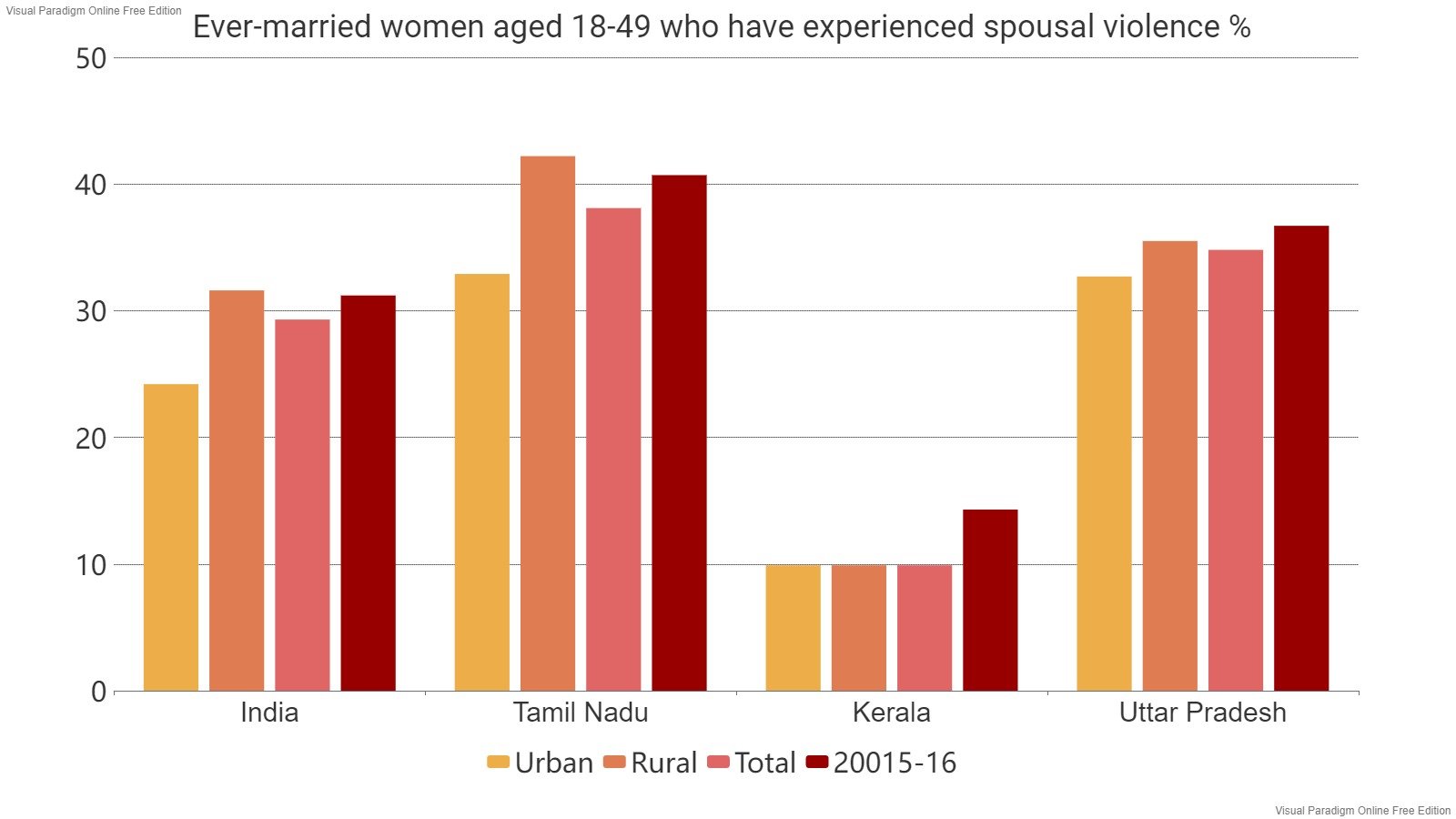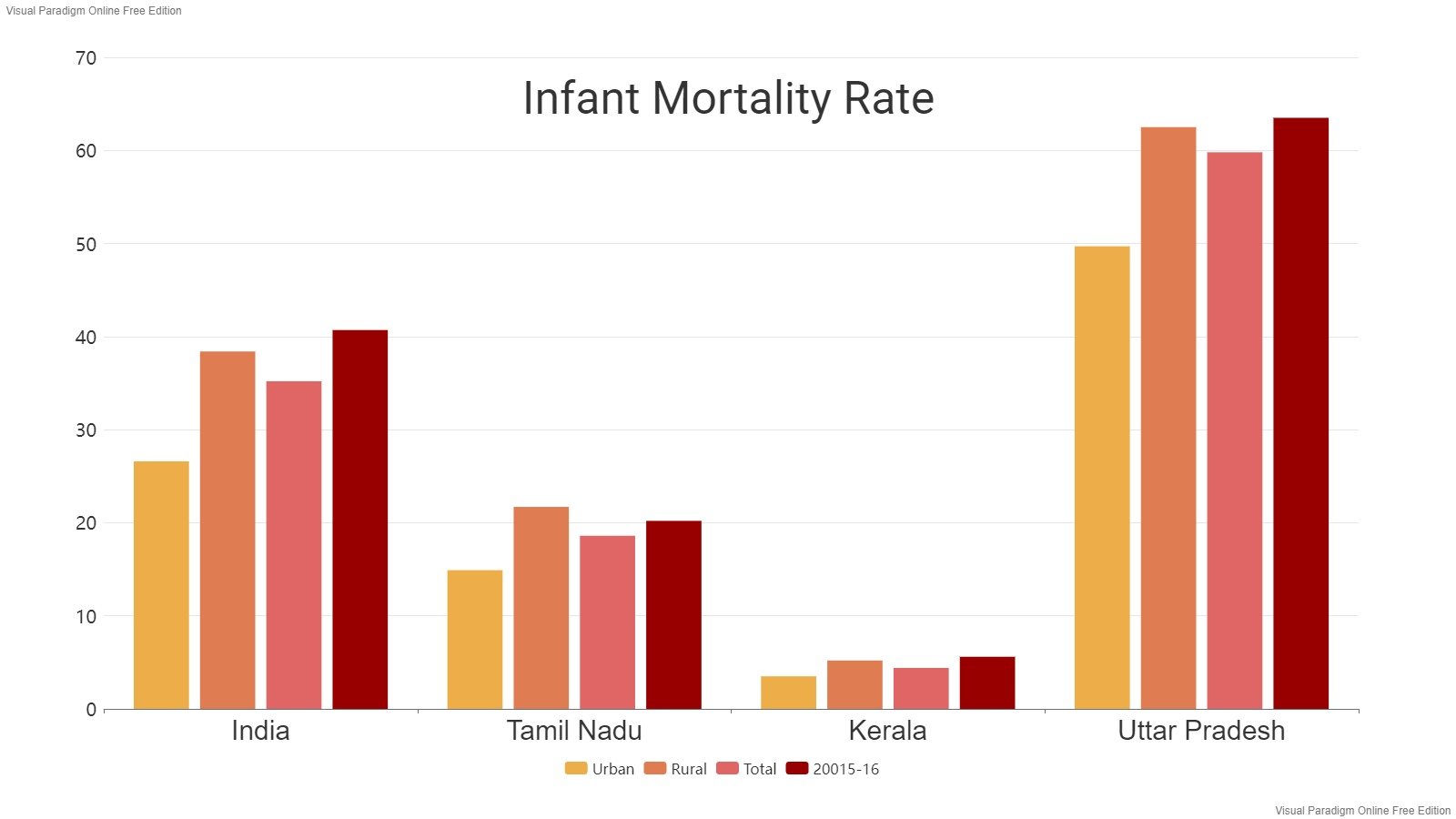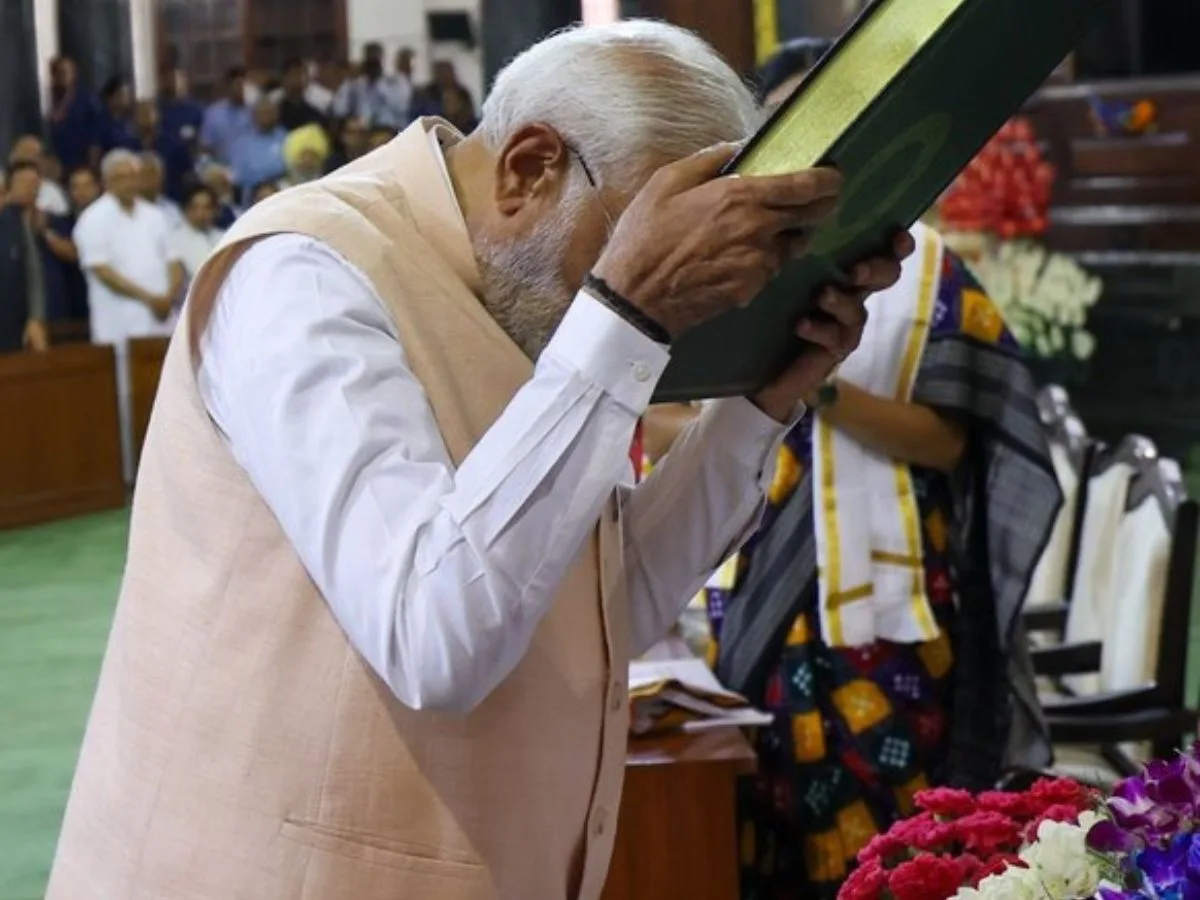Read in : தமிழ்
The reports of the fifth National Family Health Survey (NFHS 5 hereafter) have all been released and are available on the web. NFHS 5 is the fifth in a series that began in 1992-93 (NFHS 1) and was subsequently conducted in 1998-99 (NFHS 2), 2005-06 (NFHS 3) and 2015-16(NFHS 4). All five NFHS surveys have been conducted under the stewardship of the Ministry of Health and Family Welfare (MoHFW), Government of India, with the International Institute of Population Sciences as the nodal agency.
NFHS 5 was conducted over the period 2019-2021 in two phases, the first from 17 June 2019 to 30 January 2020 and the second from 2 January 2020 to 30 April 2021. It collected information from 636,699 households, 724,115 women, and 101,839 men. NFHS 5 provides information on population, health, and nutrition for India, each state/union territory (UT), and for 707 districts as on March 31st 2017.
While the NFHS 5 provides very rich empirical material relating to a large range of issues, several of them going well beyond any narrowly defined notion of health, my concern in this article relates primarily to some key indicators made available in the NFHS 5 reports for India and the States of the Indian Union. Even within this limited scope, I shall be mostly concerned with tracking the progress made by Tamil Nadu in respect of some of the key indicators, while making some references to the best performing state of Kerala and the poorly performing state of Uttar Pradesh as well as to India as a whole.
The slideshow below provides the data for five indicators from NFHS 5 FACTSHEETS on which most of my remarks that follow are based.
Infant mortality rate
A key indicator of the state of health of a population is its infant mortality rate(IMR), defined as the number of live born infants out of 1000 who fail to survive until their first birthday. The average IMR for India as per NFHS 5 was 35.2. Tamil Nadu fares much better in this regard, with its IMR being 18.6. Uttar Pradesh is a very poor performer, with its IMR at 59.8. Kerala is a stellar performer, with its IMR at 4.4, on par or better than many industrially developed countries. A feature of the IMR numbers is the much higher IMR for rural areas as compared to urban areas. It is only in Kerala that both are low, though there too the urban IMR is lower.
Sex ratio at birth
Tamil Nadu reports exceptionally low values for sex ratios at birth in the five years preceding the survey. Across the world, sex ratios at birth tend to be in favour of male births, with 105 male births to 100 female births on the average. This would imply 952 female births for every 1000 male births. The figure for India as per NFHS 5 is 929, which is not too far out of line with the global average. The same is the case with Kerala, whose average of 951 is very close to the global average. The figure for UP is also within reasonable limits. The rather low figure for Tamil Nadu is consistent with reports from various sources of the practice of sex selective abortions – feticides -being allegedly widespread in the state. This is certainly a matter of concern.
NFHS 5 data suggest that the Dravidian model has a long way to go to even remotely reflect the lofty ideas of gender equality put forward by the tallest leaders of the Dravidian movement
Malnutrition and Anemia
Successive NFHS reports have drawn attention to the persistence of malnutrition among women and children in India. The data from NFHS 5 confirm this picture. The data on stunting and on prevalence of anemia among children under five years of age tell us that the average percentage of children stunted, as per NFHS 5, was 35.5%, a small decline from the figure of 38.4% in NFHS 4. Tamil Nadu does better at 25, again a small decline from 27.1% in NFHS 4. Kerala reports a lower percentage of stunted children under 5 years at 23.4%, but the disturbing fact is that this figure is higher than that for Kerala in NFHS 4 at 19.7%. Predictably, UP reports a much higher figure at 39.7%. The fact that this figure is distinctly lower than 46% reported for UP in NFHS 4 is encouraging. Anemia among children under five years of age and older than six months has been both persistently high and rising across the NFHS rounds. Kerala is the best performer, though even there one sees a marginal increase in the incidence of anemia as compared to NFHS 4. Tamil Nadu performs poorly with a figure of 57.4%, a sharp increase from its already high 50.7% in NFHS 4, though it does better than the national average as well as UP. The story with regard to anemia among all women in the age group of 15 to 49 years is the same, with Kerala reporting a figure of one-third as against slightly more than half for India, Tamil Nadu and UP.
Spousal Violence
One of the most disturbing aspects of contemporary Indian society is the prevalence of violence against women. The NFHS data confirm this fact. Across the country nearly one-third of all ever-married women aged 13 to 49 years report having experienced violence from the spouse. While UP predictably reports a higher figure, the real shocker is Tamil Nadu, with 38.1% reporting spousal violence, a marginal decline from 40.7% in NFHS 4. Kerala reports a much lower incidence at 9.9%, a decline from 14.3% in NFHS 4, but still unacceptable in a civilized society.
Huge challenges ahead
NFHS 5 data suggest some progress across the country in several indicators of health and well-being, but also show that the progress is slow and uneven. It also suggests that the ‘Dravidian Model’ has a long way to go to even remotely reflect the lofty ideas of gender equality put forward by the tallest leaders of the Dravidian movement. It reminds us too, of the relatively better, though far from perfect track record of Kerala. Finally, it demonstrates that states where backward ideologies find resonance do not serve well the cause of human well-being or gender equality.
Read in : தமிழ்

